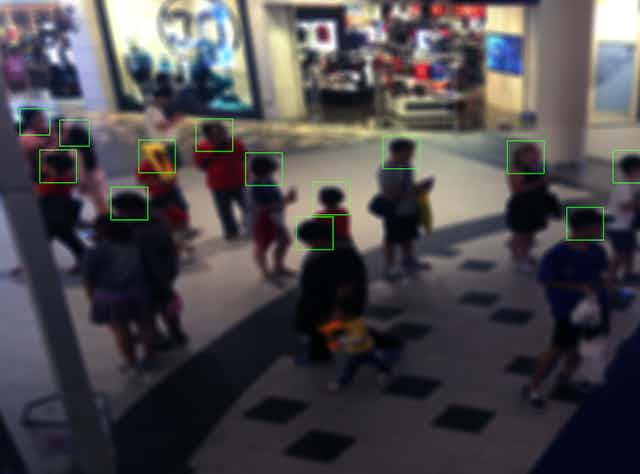Meat has a distinct taste, texture and aroma − a biochemist explains how plant-based alternatives mimic the real thing
When you bite into a juicy hamburger, slice into the perfect medium-rare steak or gobble down a plateful of chicken nuggets, your senses are most likely responding to the food’s smell, taste, texture and color[1]. For a long time, these four attributes set meat apart from other food groups.
But in recent years, food companies have...
